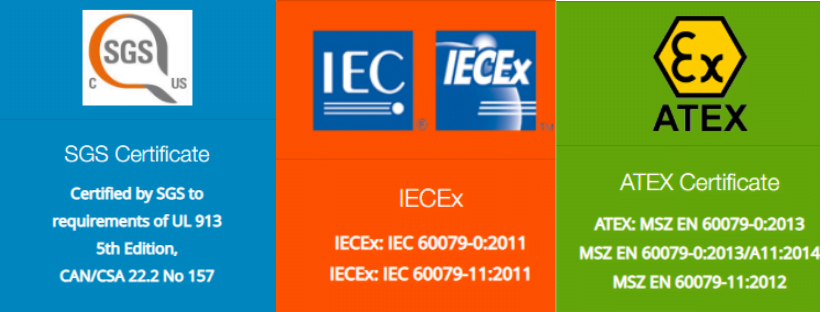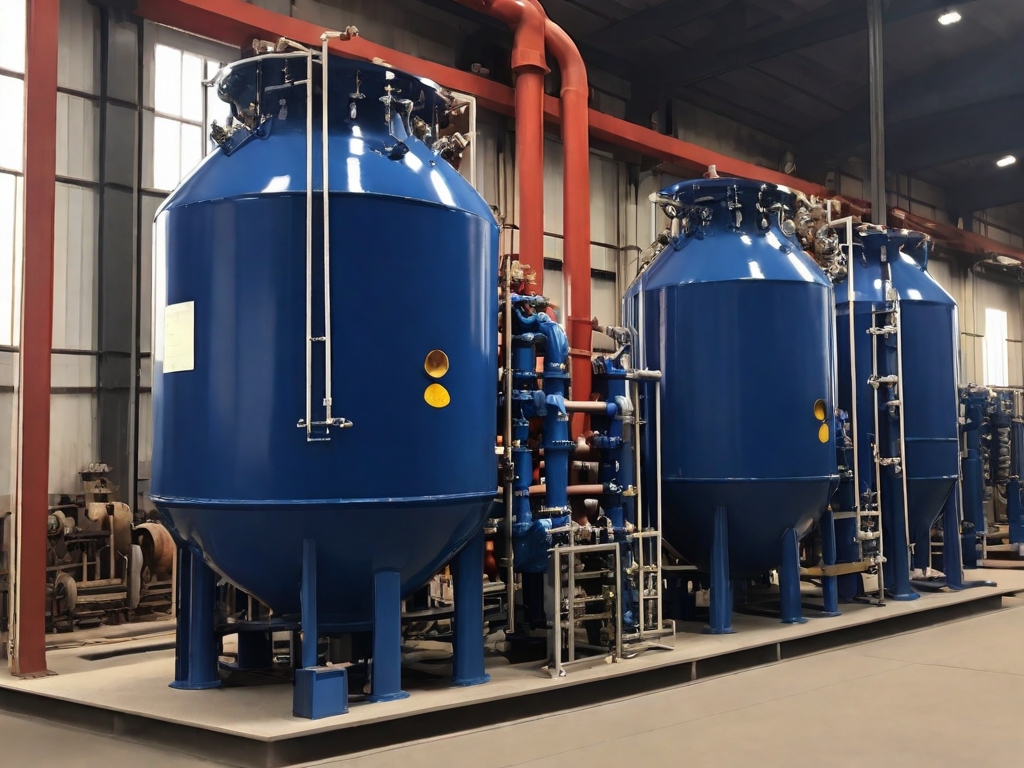When it comes to safety in hazardous environments, intrinsically safe devices play a crucial role. Designers create these devices to prevent ignition of flammable substances, making them essential in industries such as oil and gas, mining, and chemical processing. One company that specializes in providing these devices is the Intrinsically Safe Store. In this article, we will delve into the ratings of these devices and decipher the meanings of various codes and symbols. We invite you to visit the Intrinsically Safe Store to explore a wide range of intrinsically safe devices.
What are Intrinsically Safe Devices?
Designers create intrinsically safe devices to operate in potentially explosive atmospheres without causing ignition. They limit the electrical and thermal energy to levels below what is required to ignite a specific hazardous atmospheric mixture to achieve this.
How are Intrinsically Safe Devices Rated?
Various international standards and certifications, such as ATEX in Europe, IECEx globally, and NEC/CEC in North America, rate intrinsically safe devices based on their ability to operate safely in specific hazardous conditions.

ATEX
The ATEX directive consists of two EU directives describing the safety requirements for devices intended for use in potentially explosive atmospheres. We divide the ATEX rating into different categories based on the level of protection provided.
IECEx
The IECEx system is an international standard for certifying equipment for use in explosive atmospheres. It provides a unified approach to testing and certification, ensuring that a device meets the necessary safety standards.
NEC/CEC
In North America, the National Electrical Code (NEC) and the Canadian Electrical Code (CEC) provide guidelines for the safe installation of electrical equipment in hazardous locations.
Understanding Codes and Symbols
Each intrinsically safe device carries a label with codes and symbols that provide information about its safety rating. These codes indicate the type of hazardous material the device is safe to use with, the conditions it can safely operate under, and the level of protection it provides.
Group
The group symbol indicates the type of hazardous material the device is designed to be safe around. Group I is for mining applications (methane and coal dust), while Group II is for other explosive gases, and Group III is for dust atmospheres.
Category
The category symbol indicates the level of protection the device provides. Category 1 devices offer the highest level of protection and are suitable for areas where an explosive atmosphere is continuously present.
Temperature Class
The temperature class symbol indicates the maximum surface temperature a device can reach under normal or fault conditions. This is important as different gases and dusts have different ignition temperatures.
Decoding Intrinsically Safe Device Ratings
Understanding the ratings, codes, and symbols of intrinsically safe devices is crucial for ensuring safety in hazardous environments. These ratings provide valuable information about the conditions under which a device can safely operate, helping to prevent accidents and protect lives. For more information about intrinsically safe devices and their ratings, or to explore a wide range of certified devices, visit the Intrinsically Safe Store or contact us today.


























